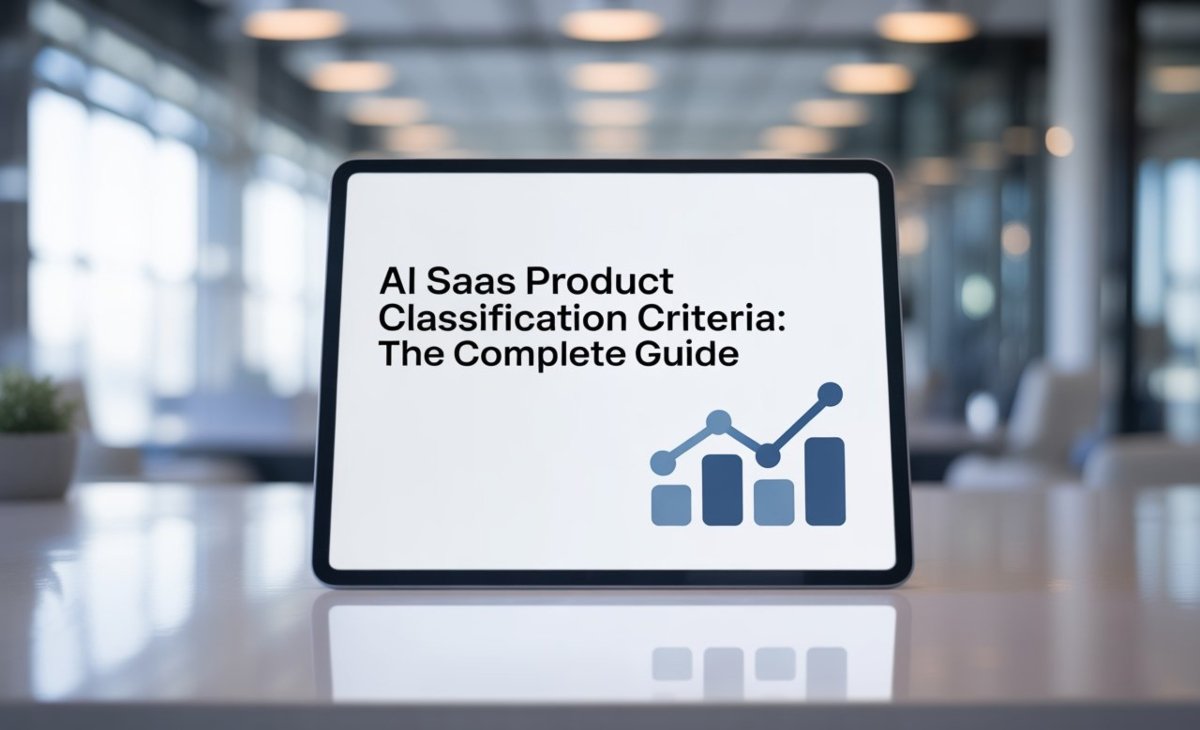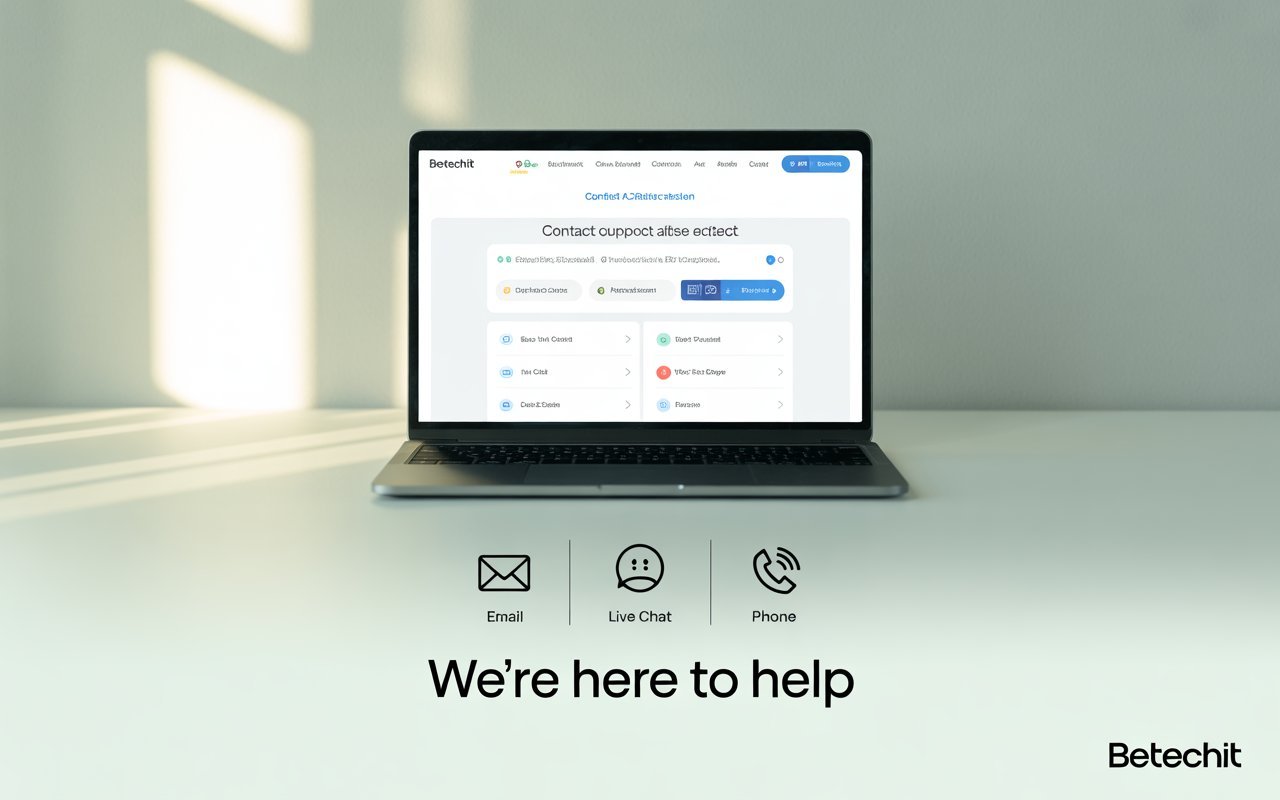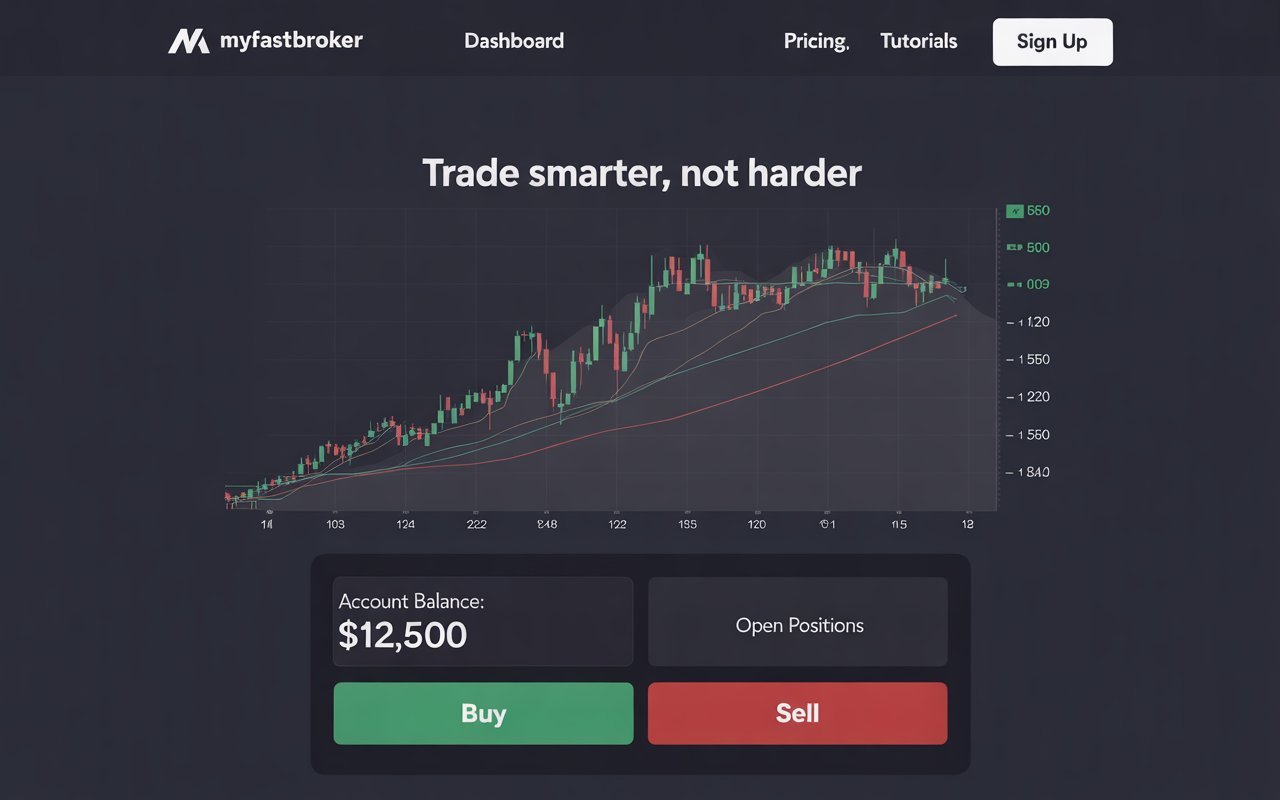AI SaaS Product Classification Criteria Artificial Intelligence has reshaped the software world, and nowhere is this more visible than in Software-as-a-Service (SaaS) products. Every month, dozens of new AI-driven platforms launch, promising to automate tasks, deliver insights, or transform industries. But with so many options, one big question arises: how do we make sense of them all?
That’s where AI SaaS product classification criteria come in. These guidelines help businesses, investors, and developers evaluate tools in a structured way. Instead of comparing apples to oranges, classification gives us a clear framework to understand functionality, value, and risks.
In this guide, we’ll explore what AI SaaS really means, why classification matters, and the essential criteria you can use to evaluate these tools with confidence.
What Are AI SaaS Products?
Before diving into classification, let’s clarify the term.
AI SaaS (Artificial Intelligence Software-as-a-Service) refers to cloud-based applications that integrate machine learning, natural language processing (NLP), or computer vision into their core. Unlike traditional SaaS, which delivers software through a subscription model, AI SaaS goes a step further by embedding intelligence and predictive capabilities.
Examples range from AI chatbots like ChatGPT, to image recognition platforms, to predictive analytics dashboards for businesses. What unites them is the ability to learn, adapt, and improve results over time.
Why AI SaaS Product Classification Criteria Matter
Without a structured system, the AI SaaS marketplace would be overwhelming. Clear classification criteria solve several problems at once:
- Better decision-making: Companies can identify tools aligned with their industry and goals.
- Investor confidence: Startups can be compared using consistent benchmarks.
- Strategic positioning: Developers can highlight strengths and target the right audience.
- Regulatory clarity: Compliance with data laws and AI standards becomes easier.
In short, classification isn’t just an organizational tool—it’s a roadmap for smarter adoption.
Core AI SaaS Product Classification Criteria
There is no single “universal” system, but several core criteria are widely used across industries.
Functionality-Based Classification
This approach focuses on what the product actually does. Common categories include:
- AI Analytics Platforms – Provide predictive modeling, forecasting, and insights.
- Natural Language Processing (NLP) Tools – Chatbots, translation apps, and sentiment analysis.
- Computer Vision Platforms – Facial recognition, image detection, and defect inspection.
- Automation Platforms – Robotic Process Automation (RPA) with AI enhancements.
- Recommendation Engines – Personalized product or content suggestions, like Netflix’s or Amazon’s.
By judging products based on functionality, users get a quick snapshot of their practical value.
Industry Vertical Classification
AI SaaS often solves industry-specific challenges. Classifying by vertical highlights where value is created:
- Healthcare AI SaaS – Medical imaging, predictive diagnostics, and patient engagement.
- Financial AI SaaS – Fraud detection, algorithmic trading, and credit scoring.
- Retail AI SaaS – Demand forecasting, supply chain optimization, and customer personalization.
- EdTech AI SaaS – Adaptive learning platforms and automated grading systems.
This method is particularly important in heavily regulated fields like healthcare or finance.
Deployment and Scalability
How AI SaaS products are deployed also affects their classification:
- Cloud-Native SaaS – Fully hosted on public or private cloud environments.
- Hybrid AI SaaS – Combination of cloud and on-premise deployments.
- Multi-Tenant vs. Single-Tenant – Determines scalability, customization, and security levels.
Pricing Model Classification
The way products are priced often reflects their audience and scalability. Common models include:
- Subscription-Based – Monthly or annual flat fees.
- Usage-Based – Pay-as-you-go, often seen in API-driven products like OpenAI.
- Freemium – Free basic tiers with paid premium features.
- Enterprise Licensing – Customized packages for large organizations.
AI Technology Stack
The underlying AI technology is another key classification layer:
- Machine Learning SaaS – Predictive analytics and classification models.
- Deep Learning SaaS – Neural networks powering image or speech recognition.
- NLP SaaS – Conversational AI, translation, and text summarization.
- Reinforcement Learning SaaS – Robotics, autonomous systems, and adaptive platforms.
Target Audience and User Base
Products can also be grouped by who they serve:
- Small Businesses (SMBs): Affordable and easy-to-deploy solutions.
- Enterprises: Advanced systems with deep integrations and compliance needs.
- Developers: API-first products designed for integration into larger systems.
Advanced AI SaaS Product Classification Criteria
As the industry matures, more advanced factors are being used.
Data Handling and Privacy
In an age of strict regulations, privacy is a defining factor:
- Data Residency – Where user data is stored.
- Security Standards – Encryption, certifications, and anonymization practices.
- Privacy by Design – Ethical AI principles embedded into the system.
Integration and Interoperability
The best AI SaaS products rarely operate in isolation. Classification here looks at:
- Native Integrations with CRM, ERP, or HR tools.
- APIs for flexible workflows.
- Cross-Platform Interoperability across business ecosystems.
Security and Trustworthiness
Trust is critical for adoption. Classification often considers:
- AI Transparency – Whether predictions are explainable.
- Bias Mitigation – Safeguards against unfair algorithmic outcomes.
- Security Certifications – Compliance with ISO, SOC 2, or other standards.
Frameworks and Standards
Global organizations are working toward universal classification systems. Some notable examples include:
- ISO Standards – Covering data security and cloud practices.
- IEEE AI Ethics Guidelines – Promoting responsible AI development.
- EU AI Act – One of the first major attempts to regulate AI use at scale.
These frameworks aim to bring uniformity to an otherwise fragmented market.
Real-World Applications of AI SaaS Product Classification
Classification isn’t theoretical—it’s used daily by:
- Businesses – To select tools that fit specific workflows.
- Investors – To evaluate the scalability and risk of AI startups.
- Developers – To identify competitive gaps in the market.
- Regulators – To ensure compliance and protect end-users.
For example, Salesforce Einstein can be classified by:
- Functionality: AI analytics.
- Industry: CRM/marketing.
- Audience: Enterprise users.
This layered classification makes it easier to compare Einstein with competitors like HubSpot AI.
Future Trends in AI SaaS Product Classification
Looking ahead, expect classification criteria to evolve alongside technology:
- Generative AI SaaS – Content creation, chatbots, and large language model tools.
- Sustainable AI – Focus on energy efficiency and low-carbon training practices.
- Autonomous AI SaaS – Systems that self-improve without human intervention.
As AI expands, classification will continue to add new layers of sophistication.
FAQs About AI SaaS Product Classification Criteria
Q1: What are the main factors for classifying AI SaaS products?
Functionality, industry vertical, deployment, pricing model, technology stack, and target audience.
Q2: Why is classification important in AI SaaS?
It helps businesses choose tools wisely, gives investors benchmarks, and ensures compliance with regulations.
Q3: How do pricing models affect classification?
Pricing shapes accessibility and adoption, especially when comparing SMB solutions with enterprise platforms.
Q4: What role does data privacy play?
It is a cornerstone of trust, especially in industries like healthcare and finance where compliance is strict.
Conclusion
The rise of AI SaaS has unlocked incredible opportunities—but also introduced complexity. That’s why AI SaaS product classification criteria are so important. By evaluating products based on functionality, industry, deployment, pricing, technology stack, and audience, we create a clear framework for decision-making.
As new trends like generative AI and sustainable practices emerge, classification will continue to evolve. For now, though, these criteria remain the compass guiding businesses, investors, and developers through an ever-expanding landscape.
If you’re considering adopting an AI SaaS solution, use these criteria as your checklist—your roadmap to making smarter, safer, and more strategic choices.





